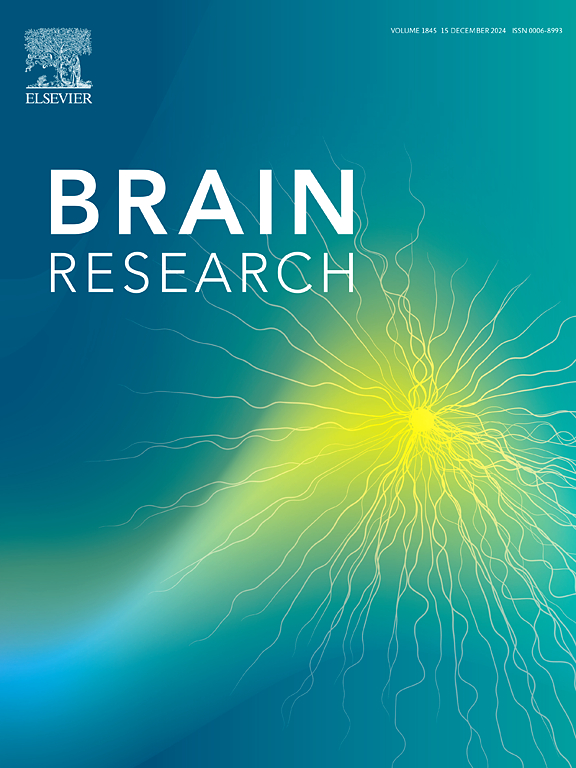Revealing shared molecular drivers of brain metastases from distinct primary tumors
IF 2.7
4区 医学
Q3 NEUROSCIENCES
引用次数: 0
Abstract
Brain metastasis is the most common type of brain cancer, associated with significant neurological dysfunction and a poor prognosis. We investigated the transcriptome of 128,421 single-cells of 36 brain metastases, originating from a variety of primary tumors, including melanoma, breast, lung, ovarian, colorectal, and renal cancers. Our aim was to identify common molecular factors across these tumors, shedding light on key interactions that facilitate tumor establishment in the brain. We specifically focused on the dynamics of the blood-tumor barrier and its effects on endothelial cells, pericytes, and astrocytes. Our analysis decoded complex cell–cell communications, emphasizing the crucial role of astrocytes in the tumor microenvironment (TME). This provided insights into how these interactions impact the permeability of the blood-tumor barrier and contribute to the development of brain metastases. We identified the VEGFA, SEMA3, and SPP1 pathways as key regulators in brain metastasis, affecting vascular permeability and cellular dynamics. Spatial transcriptome analysis confirmed our findings and linked these pathways to TME enrichment. The pronounced expression of VEGFA by cancer cells suggests a significant activation of angiogenic pathways, influencing vascular responses and the intricate architecture of brain tissue. The interplay of these signaling pathways underlines the complexity of molecular interactions that define the microenvironment of brain metastases.
求助全文
约1分钟内获得全文
求助全文
来源期刊

Brain Research
医学-神经科学
CiteScore
5.90
自引率
3.40%
发文量
268
审稿时长
47 days
期刊介绍:
An international multidisciplinary journal devoted to fundamental research in the brain sciences.
Brain Research publishes papers reporting interdisciplinary investigations of nervous system structure and function that are of general interest to the international community of neuroscientists. As is evident from the journals name, its scope is broad, ranging from cellular and molecular studies through systems neuroscience, cognition and disease. Invited reviews are also published; suggestions for and inquiries about potential reviews are welcomed.
With the appearance of the final issue of the 2011 subscription, Vol. 67/1-2 (24 June 2011), Brain Research Reviews has ceased publication as a distinct journal separate from Brain Research. Review articles accepted for Brain Research are now published in that journal.
 求助内容:
求助内容: 应助结果提醒方式:
应助结果提醒方式:


